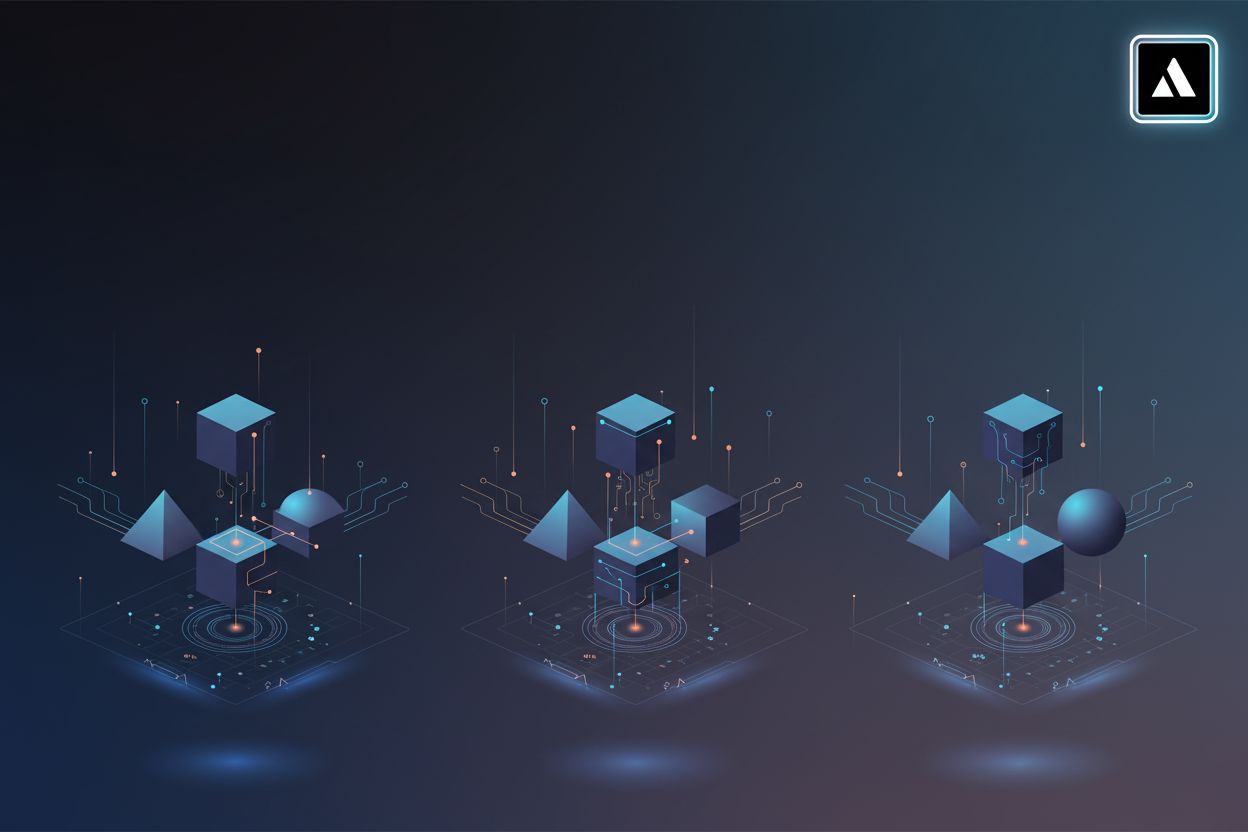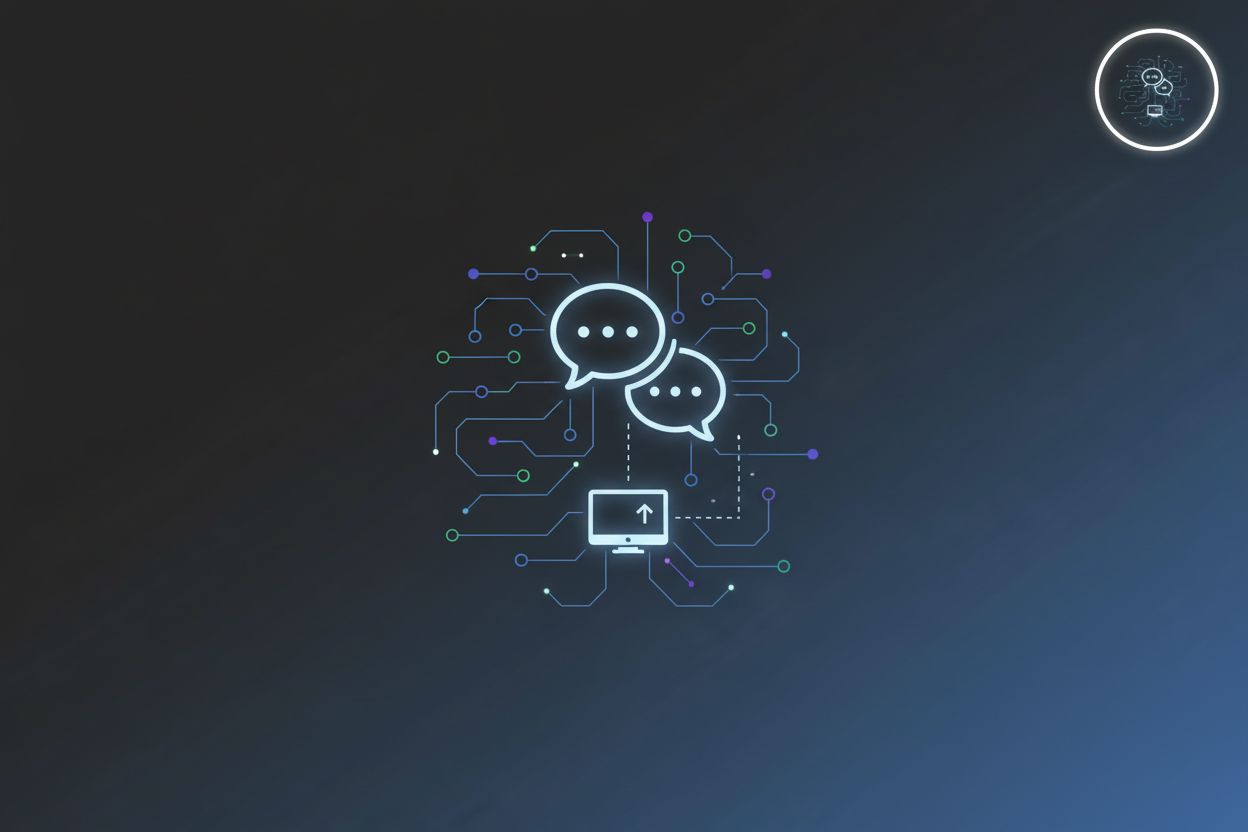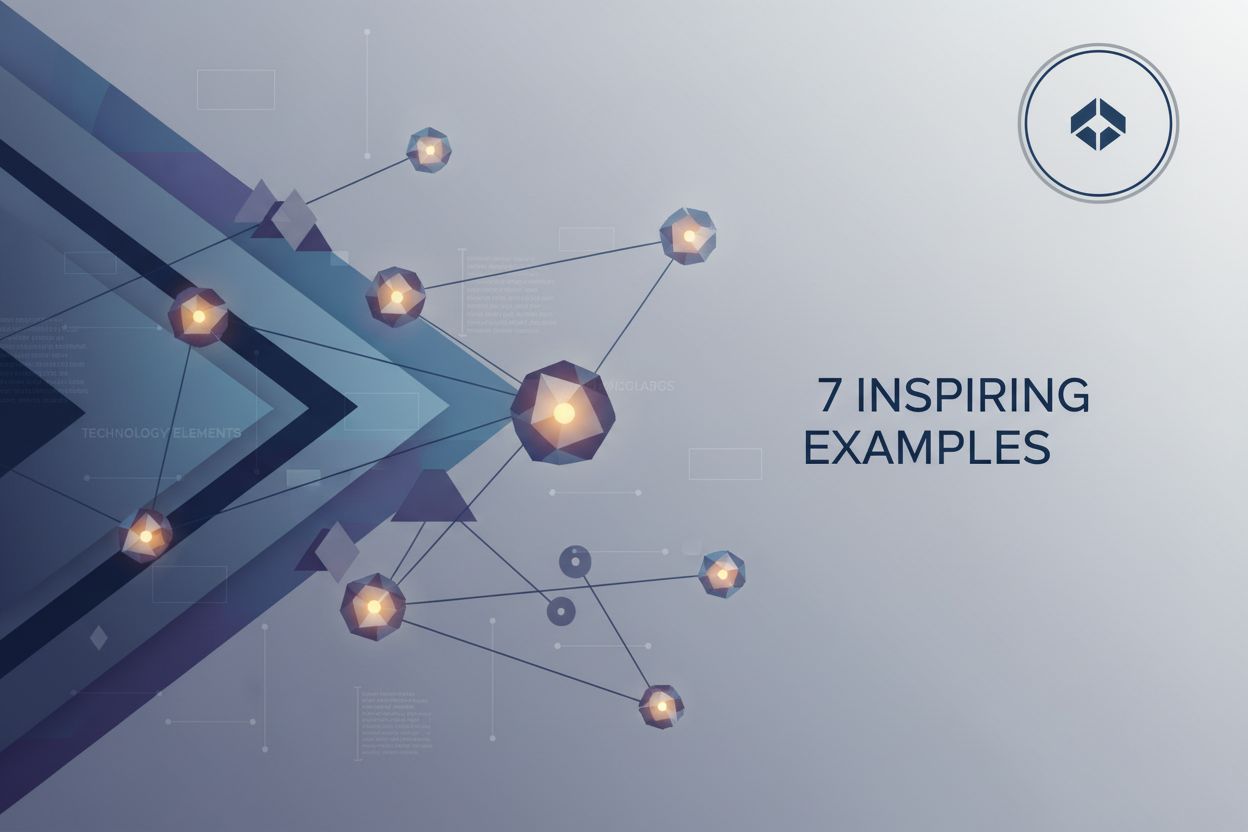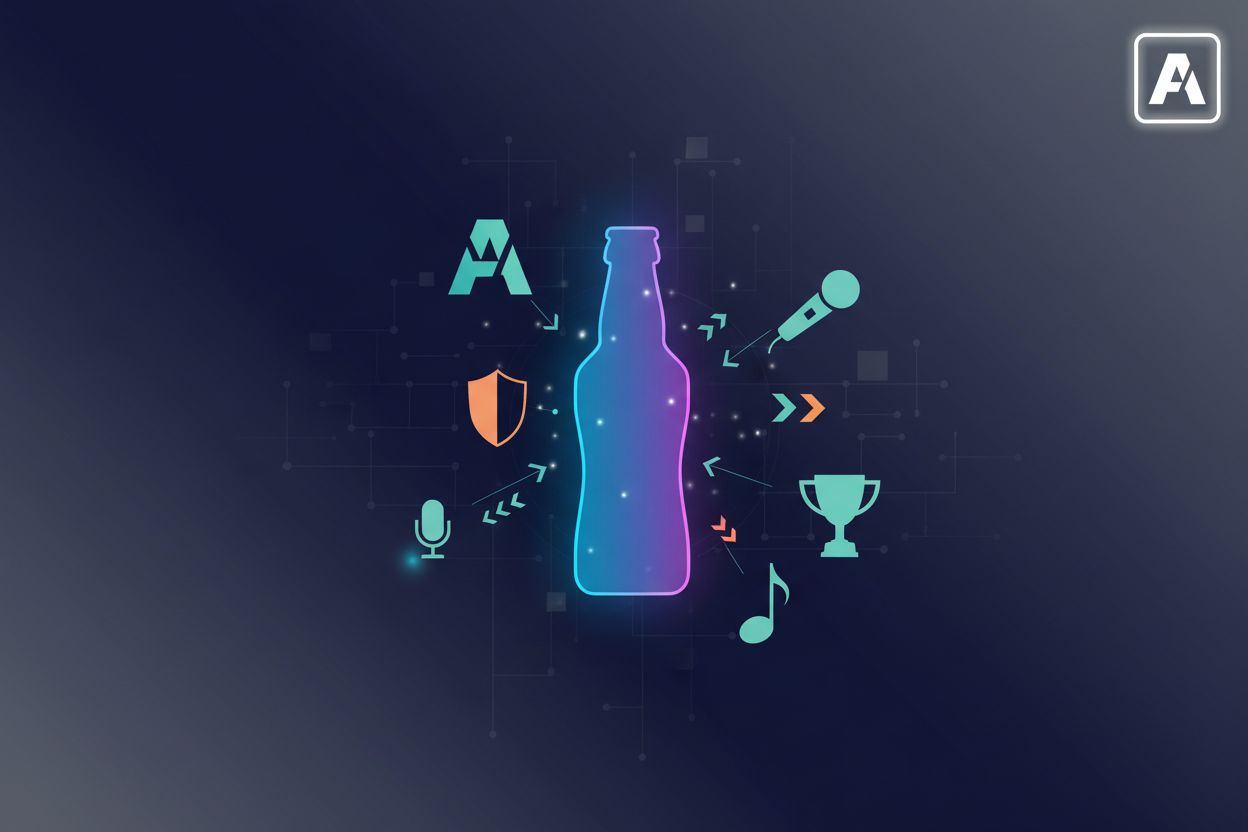10 Digital Marketing Strategy Frameworks to Enhance Your Approach
TL;DR
Why You Need a Digital Marketing Strategy Framework
Okay, let's dive into why a digital marketing strategy framework is so important. Ever feel like your marketing is just...all over the place? You're not alone, honestly. It's like trying to bake a cake without a recipe.
- Without a framework, campaigns can feel scattered, like you're throwing ideas at a wall to see what sticks.
- Juggling channels (social media, email, ads) gets tough, and it's easy to lose sight of the bigger picture. (ad | One thing I've learnt in business is this… Stop ...)
- Ultimately, this leads to inconsistent results and, frankly, wasted money. (How will the US federal debt get resolved and how can we prepare ...) Who wants that?
A solid framework is your game plan. It maps out your channels and customer touchpoints. This helps you focus on your end goals. It also helps you deliver targeted content to the right people on the right channels. DesignRush explains that it simplifies complex strategies and helps you adapt to trends.
So, what exactly does a framework do for you? It provides structure, clarity, and a roadmap. It helps you understand your current position, identify opportunities, and plan your moves effectively. It's the backbone that keeps your marketing efforts from becoming a chaotic mess.
Classic Frameworks: The Foundation of Marketing Strategy
Okay, so you're trying to figure out where you're going without a map, huh? That's digital marketing without a framework, honestly. It's like, yeah, you might get there, but probably not in one piece. Let's talk about SWOT – it's not just some business school buzzword, I promise.
SWOT stands for Strengths, Weaknesses, Opportunities, and Threats. Simple, right? It's basically a snapshot of where you're at, what you're good at, what sucks, and what could happen, good or bad.
- Strengths: What does your company nail? Maybe you got killer customer service, or your brand is like, instantly recognizable. List 'em all. These are your internal positive attributes.
- Weaknesses: Ouch, time to be honest with yourself. What are you bad at? Slow website? Crappy social media presence? It's okay, we all got 'em. These are your internal negative attributes.
- Opportunities: What's out there that you could grab? Maybe a new market is opening up, or a competitor just went belly up. These are external factors you can leverage.
- Threats: What could mess you up? A new law? A competitor with a ton more cash? These are external factors that could cause problems.
Why bother with this? Well, it helps you see the big picture. It helps you figure out how to play to your strengths, fix your weaknesses, jump on opportunities, and dodge the threats.
Let's say you run a small, local bakery. Your strengths? Awesome sourdough and a loyal customer base. Weakness? You're terrible at social media. Opportunity? A new apartment complex is opening nearby. Threat? A chain bakery is moving in down the street. Knowing all that, you can focus on promoting your sourdough to the new neighbors and maybe, finally, get someone to handle your instagram.
So, SWOT – it's not rocket science, but it can be a serious game-changer.
Customer Journey Frameworks: Mapping the Path to Conversion
Customer journey frameworks? Okay, so picture trying to guide someone through a maze blindfolded – that's kinda what marketing without one feels like. Let's get into it, shall we?
The marketing funnel...it's not just a buzzword. Think of it as a roadmap to turn total strangers into raving fans, advocating for your brand. It's all about understanding where your customers are in their journey and hitting them with the right message--at the right time. It's surprisingly effective when you get it right.
- It breaks down the customer experience into phases: Awareness, Interest, Consideration, Decision, Retention, and finally, Advocacy.
- Each stage needs a different strategy. Like, you wouldn't propose marriage on a first date, would you? Same deal here.
- For example, a SaaS company might use blog posts (awareness), free trials (interest), case studies (consideration), personalized demos (decision), and ongoing customer success support (retention). To foster advocacy, they could encourage reviews and offer referral bonuses.
Track your metrics at each stage, it's important. Are people dropping off at the "consideration" phase? Maybe your pricing is confusing or your competitor's reviews are better. To fix this, you could offer more detailed pricing breakdowns, comparison guides, or customer testimonials. If they're not making it to "Decision," perhaps your sales process is too complex or your value proposition isn't clear enough.
Building on this concept of mapping customer paths, other frameworks offer different lenses. RACE (Reach, Act, Convert, Engage), is like, your GPS for the entire customer experience. It makes sure you're not just grabbing attention but actually leading people somewhere worthwhile.
- Reach is all about building awareness. Think social media ads or killer content.
- Act gets people interacting – signing up for a newsletter, maybe?
- Convert turns those interactions into sales. Limited-time offers, anyone?
- Engage keeps customers coming back for more. Loyalty programs are your friend here.
Startups, listen up! Pirate Metrics (AARRR) is your new best friend. It breaks down the customer lifecycle into five key stages. It's all about measurable steps and fine-tuned approaches.
- Acquisition: How are you snagging new users? (e.g., SEO, paid ads)
- Activation: Are they having a good first experience? (e.g., smooth onboarding, first successful use)
- Retention: Are they sticking around? (e.g., regular engagement, value delivery)
- Referral: Are they telling their friends? (e.g., word-of-mouth, referral programs)
- Revenue: Are they paying you (enough)? (e.g., conversion rates, average order value)
If people are dropping off at activation, maybe your onboarding sucks. Fix it! If no one's referring you, maybe your product isn't that great, or you need a better referral program.
So, customer journey frameworks, in a nutshell? They help you understand and guide your customers from first contact to loyal fan.
Modern, Customer-Centric Frameworks
Okay, so you're looking for frameworks that really put the customer first, huh? It's not just about getting them in the door, but keeping them happy and engaged. It's all about building a relationship.
Forget the old-school funnel, which, honestly, always felt a bit...one-sided? The flywheel model is all about creating momentum. It's a modern, customer-centric approach where happy customers fuel growth. Think of it like this: you attract, engage, and delight customers, turning them into brand advocates.
- Attract: Pull in customers with valuable content and a strong SEO game. Don't just blast ads, offer something useful.
- Engage: Build real connections through personalized experiences. Make 'em feel special, ya know?
- Delight: Exceed expectations. Go above and beyond to earn their loyalty and get those word-of-mouth referrals.
If you're running an e-commerce store, share engaging tutorials on Instagram showing how your products solve real problems. It's all about showing, not just telling.
Forrester's "5 Is" model is about building thriving online communities. It’s about maximizing Involvement, Interaction, Intimacy, Influence, and Individualization to keep customers hooked.
- Involvement: Get customers involved through reviews, feedback, and interactive campaigns.
- Interaction: Be responsive. Quick answers via live chat go a long way.
- Intimacy: Build trust by recommending products based on past purchases.
- Influence: Highlight user-generated content like reviews. Social proof is powerful!
- Individualization: Personalize offers based on browsing history. Make it their experience.
The Hook Model is designed to create habit-forming products, it dives deep into user behavior. The goal is to design experiences that keep them coming back.
- Trigger: An internal or external cue that prompts action. A notification, maybe?
- Action: The behavior they take in response. Opening the app, clicking a link...
- Variable Reward: A surprise element to keep 'em engaged. A badge, a new feature...
- Investment: A personal commitment that makes it harder to leave. Saving preferences, setting goals...
So, these modern frameworks? They're all about putting the customer front and center.
Strategic Alignment Framework: McKinsey’s 7S Model
Okay, so McKinsey's 7S model, huh? It's like, is your business orchestra in tune, or is it just a bunch of instruments playing different songs? This framework is all about making sure everything's harmonious.
It's kinda like checking the vitals of your company. You gotta look at all the interconnected elements.
- Strategy? That's your game plan, how you gonna win.
- Structure? How's the team organized to make stuff happen?
- Systems? What processes and tools keep things running? You don't want chaos, right?
- Shared Values? What's the company culture, what do you really believe in?
- Skills? What are you actually good at, what unique talents do you have?
- Style? How do leaders lead, what's the management vibe?
- Staff? Who are the people, do they fit the culture?
Don't think of these things in a vacuum, though! Tweak one, and you might need to adjust another. Like, a startup scaling up needs to rethink both structure and systems.
Up next, how to pick the perfect framework for your biz.
Choosing the Right Framework for Your Business
Okay, so you're staring at all these frameworks and wondering, "Which one is mine?" It's like picking the right tool from a messy toolbox.
- Start by aligning your goals. Need customer retention? The marketing funnel, as mentioned earlier, might be your jam. Scaling a startup? Pirate Metrics (AARRR) could be the answer. What are you really trying to achieve?
- Next, think about your industry. RACE planning can be good for e-commerce, while the Flywheel Model is great for subscription services.
- Don't forget resources! McKinsey's 7S suits bigger teams, while SWOT or Pirate Metrics are cool for startups.
Remember to create a checklist that covers your goals, industry requirements, and available resources. Then, match these items with the framework's strong points.
Choosing the right framework is a process--not a one-time event.
Elevate Your Brand with GetDigitize
Okay, so you've got all these frameworks...but what if you're still lost in the digital wilderness? That's where a solid agency comes in, honestly.
- GetDigitize offers a full suite of services, from nailing your brand identity to crafting killer social media campaigns. They don't just talk the talk; they walk the walk.
- They'll whip your website into shape with top-notch ui/ux design, making it a place customers actually want to hang out.
- Need help with copywriting or figuring out what the heck to post on social media? They got you.
Think of GetDigitize as your marketing sherpa, guiding you through the tricky digital terrain. They'll make sure your brand isn't just visible, but memorable.
Ready to make your mark?
Conclusion
Alright, let's wrap this up! Feeling overwhelmed? Don't worry, it happens. To help you navigate this exciting playground, frameworks act as your trusty map.
Digital marketing doesn't has to be a guessing game, really. You can ditch that crystal ball.
- These frameworks? They're your toolkit for turning chaos into order. It's all about focusing your energy on what actually matters. You know, like campaigns that sing, connecting with your audience on a real level, and, yeah, growing your bottom line. For example, if your trying to make email better, you could look at how successful brands like Buzzfeed create engaging content that keeps readers hooked, and adapt those principles to your own email strategy.
- Think of them as a guide to help you navigate, all the different channels. Social media, search engines, email, the list goes on. You can use frameworks to create unified and effective strategies.
- And hey, choosing the right framework, it's not a one-size-fits-all deal. Plus, working with a trusted agency, they can unlock hidden potential.
Listen, digital marketing is about more than just "being online." It's about finding a strategy and making it work. If you do that, long-term success is almost certainly going to follow.






